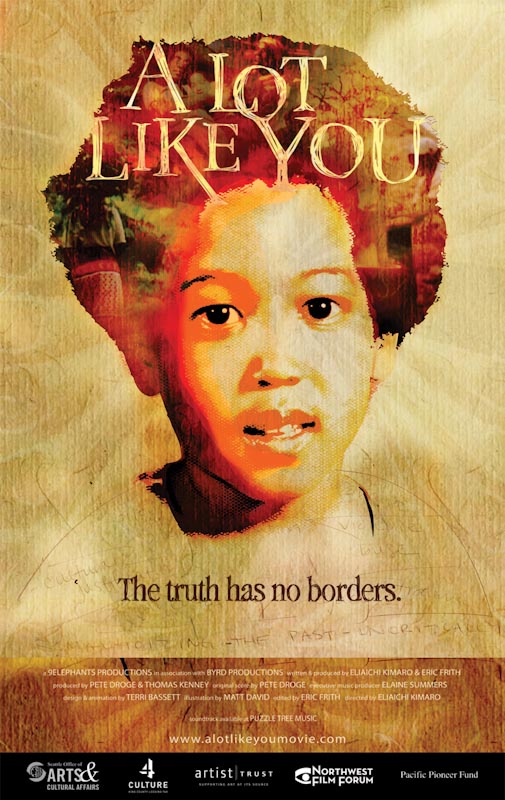Germans Loving Others: Narrating Interracial Romance in Kenya, North America, and Guatemala
127th Annual Meeting of the American Historical Association
New Orleans, Louisiana
2013-01-03 through 2013-01-06
AHA Session 70: Central European History Society 3
Friday, 2013-01-04: 08:30-10:00 CST (Local Time)
Chamber Ballroom II (Roosevelt New Orleans)
Chair: Andrew Zimmerman, George Washington University
Papers:
Comment: Lora Wildenthal, Rice University
The German fascination with the non-European world and its native populations, as documented and imagined in various forms of the German cultural archive, presents intriguing questions for scholars of race, sex, and empire. The German love affair with natives, including North American Indians, Bedouin nomads, and Masai warriors, dates back to the early days of colonial expansion, and gave rise to romanticized representations and staged performances of native nobility and ethnic pride. These cultural representations produced sentiments and desires that shaped contact and conduct as Germans sought out and stumbled upon native peoples abroad. While scholarship of the past two decades has explored a wide range of political, economic, and cultural aspects of the colonial and postcolonial encounter, interracial contact has received less attention. Scholars have given short shrift to the stunning array of unofficial, personal, and often quite intimate interconnections between Germans and non-Europeans during the modern era.
The proposed panel addresses this lacuna in scholarship, and focuses on the question of whether interracial love subverts or replicates the colonial and postcolonial histories that produced socio-economic inequalities, gendered norms, and racial hierarchies. The papers in this panel explore these questions through the lives, narratives, and memories of Germans, native peoples, and mixed-race children in three vastly different places: postcolonial Kenya, North America, and Guatemala. They collectively challenge and problematize assumptions of colonial and postcolonial scholars about the regulatory norms of interracial sex that shielded white female sexuality from dark, colonized men and often made interracial children the subject of state scrutiny and care. The papers demonstrate how German romance with natives could, in practice, vary widely across historical and geographical contexts, particularly with regard to cultural, economic, and political dimensions of these relationships. Finally, the papers consider the agency of the non-German partners in these interracial and binational relationships. The panels intends to shed new light on interracial and binational romance by probing questions of power and inequality in a comparative and transnational framework.



